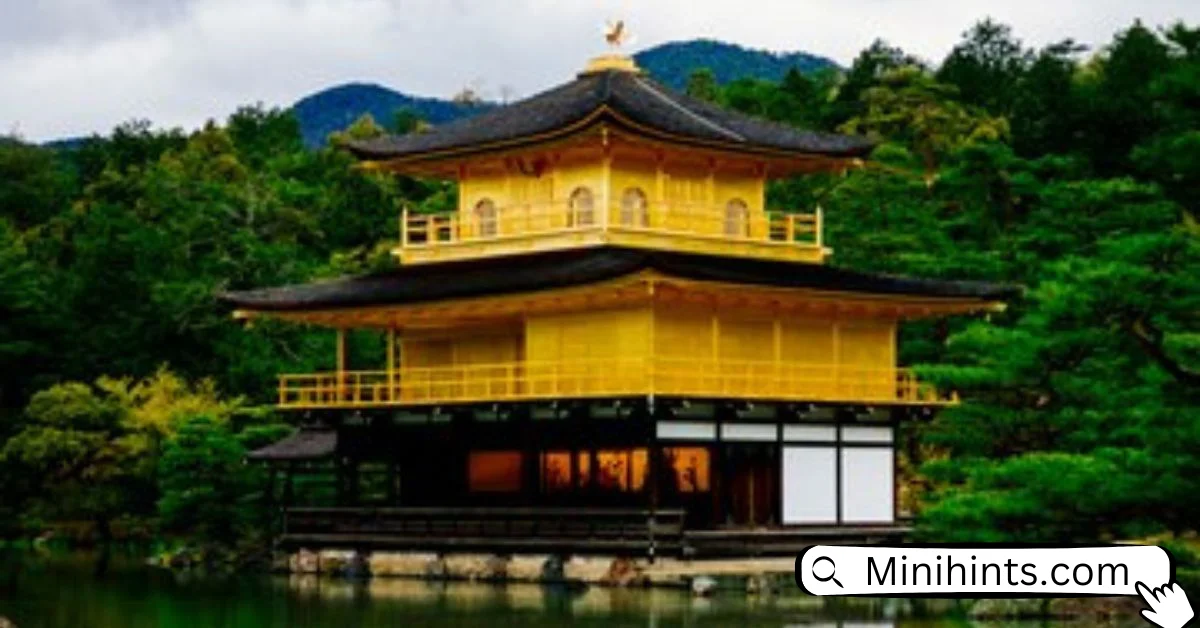Introduction
Yahatai Kodosai is more than just a cultural event; it is an emblem of history, spirituality, and community that has been cherished for centuries. Originating from the heart of an ancient civilization, this festival encapsulates the core values, beliefs, and traditions of a people deeply connected to their roots. It is celebrated annually with fervor and meticulous attention to detail, drawing people from far and wide to participate and witness the rituals that define its essence. This guide provides an in-depth look at the origins, rituals, modern interpretations, and ongoing importance of Yahatai Kodosai.
Historical Overview: The Genesis of Yahatai Kodosai
The festival of Yahatai Kodosai dates back to the early centuries when agrarian societies depended heavily on the blessings of nature for their survival. Initially celebrated as a harvest festival, it was an expression of gratitude for a bountiful season and a way to invoke divine favor for the next. Ancient scriptures and folklore recount how village elders and spiritual leaders would gather to lead the community in days-long celebrations, complete with chants, processions, and rituals.
The festival evolved over time, taking on layers of meaning and symbolism. What started as a simple thanksgiving event became a multifaceted celebration that combined elements of spirituality, storytelling, and communal unity. The name ‘Yahatai Kodosai’ itself is said to mean “Celebration of Eternal Gratitude,” a testament to the values it represents.
Core Rituals and Practices of Yahatai Kodosai
At the heart of Yahatai Kodosai are its well-preserved rituals, each carrying symbolic importance that resonates deeply with the participants. These rituals are carefully structured, beginning with purification rites and culminating in grand ceremonies that symbolize renewal and blessings.
Key Elements of the Festival Include:
- Purification Ceremonies: The celebration begins with a ritual purification known as Misogi, where participants cleanse themselves spiritually with sacred water. This act is meant to purify both body and mind, creating a harmonious state ready for prayer and reflection.
- Offerings to the Deities: A significant part of the festival involves offerings of rice, fruits, flowers, and incense at communal altars. These offerings are made to express gratitude and appeal for divine protection and prosperity.
- Dance and Theatrical Performances: One of the most captivating aspects of Yahatai Kodosai is the performance of traditional dances and plays. These acts narrate stories of the gods and ancestors, showcasing their struggles, triumphs, and virtues. The performers often don elaborate costumes, complete with masks and intricate embroidery that tell their own stories.
- Communal Feasts: Food plays a vital role in Yahatai Kodosai. Communal feasting symbolizes unity, where participants share traditional dishes made from local produce, signifying the community’s shared blessings.
The Spiritual Significance of Yahatai Kodosai
While the festival’s visual splendor is undeniable, its deeper significance lies in its spiritual roots. Yahatai Kodosai is not merely a celebration; it is a reaffirmation of faith and community. The prayers and rituals are designed to create a collective consciousness that seeks to align with the divine. The spiritual aspect of the festival also includes meditative practices where individuals reflect on their personal and communal goals, fostering a sense of purpose and gratitude.
Yahatai Kodosai in the Modern Era
As the world progresses and modern life accelerates, traditions like Yahatai Kodosai face the challenge of staying relevant. Yet, this festival has shown remarkable adaptability. In many urban centers, It is now celebrated with a blend of traditional rituals and modern elements. Digital platforms broadcast the ceremonies, allowing those who cannot attend in person to partake virtually. Interactive workshops, storytelling sessions, and educational programs are organized to teach younger generations about the significance of the event, ensuring that the essence of the continues to thrive.
Community Impact and Social Bonds
The festival’s role in fostering community spirit cannot be overstated. Yahatai Kodosai is a time when families and friends come together, putting aside differences and celebrating shared heritage. The collective participation strengthens social bonds, making the festival a cornerstone for community building. For many, it is a time to reconnect with long-lost traditions, while for others, it serves as a powerful reminder of their identity and the importance of cultural preservation.
Challenges to Preserving Yahatai Kodosai
Despite its enduring significance, Yahatai Kodosai faces certain challenges. The rapid pace of urbanization and the influence of global culture often make it difficult for younger generations to appreciate the depth of traditional practices. Moreover, the commercialization of festivals has led to changes that can sometimes dilute their original meaning. Preserving the authenticity of the requires dedicated efforts from community leaders, educators, and participants alike. Initiatives such as local storytelling sessions and workshops on traditional crafts have been vital in keeping the festival’s spirit alive.
Educational Value and Cultural Learning
Yahatai Kodosai is not only a spiritual and cultural experience but also an educational one. Schools and cultural institutions have started to incorporate lessons about the festival into their curricula, teaching students about its historical, social, and religious significance. Such educational efforts emphasize the importance of understanding one’s roots and contribute to a more profound appreciation of cultural diversity.
How to Experience Yahatai Kodosai
There are several ways for those interested in experiencing Yahatai Kodosai to do so. Many communities open their celebrations to the public, allowing visitors to join in the rituals and learn about their significance firsthand. In addition, cultural centers often host events that include performances, workshops, and discussions led by scholars and cultural enthusiasts.
Conclusion
Yahatai Kodosai stands as a testament to the resilience of tradition in the face of modern change. The celebration goes beyond the tangible, offering a glimpse into the values and beliefs that shape a community. As it continues to evolve, the festival retains its core purpose: to bring people together in a shared act of gratitude and remembrance. By participating in and preserving such traditions, future generations can carry forward the legacy of Yahatai Kodosai, ensuring it remains a vibrant part of cultural heritage for years to come.




